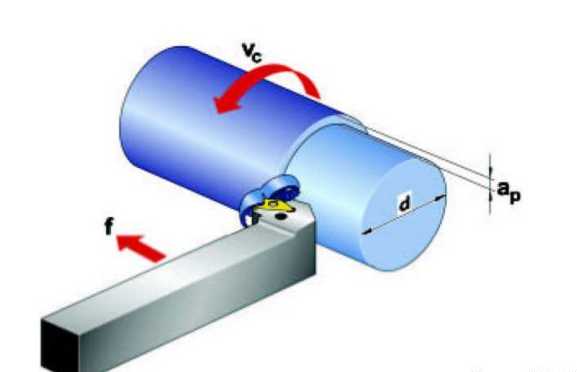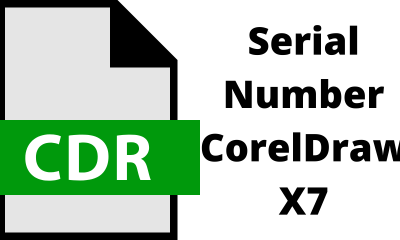
CNC Machining Methods: Milling, Drilling, Turning & More
CNC machining is by far the most common way to mass produce parts in metal and in many types of plastic. Here we present some common CNC machining techniques: milling, drilling, turning and more.
CNC Turning
Turning is a kind of machining method that uses the cutting edge with specific geometry to rotate the workpiece. Generally, the workpiece rotates, and the tool of single cutting edge moves along the machining surface. Compared with boring and milling, CNC turning is the most common machining method in modern CNC machining methods. Now, the problem of turning is almost limited to the cost of chip formation and machining. The chip flow direction and chip breaking in turning are controllable, which not only means that the material to be cut off is removed from the machining area, but also the chip must be broken in a controlled way, and the cutting heat generated in the cutting process must be carried away as much as possible.
CNC Drilling
Drilling is the cutting process in which the workpiece does not move, making the cutter move, aligning the cutter center with the hole center, and making the cutter rotate. CNC drilling is primarily done on CNC machines including CNC milling machines and lathes. CNC drilling service produces round holes, typically for machine screws and bolts. Drilling can process CNC drilling parts with metals, hard plastics, wood and most other rigid materials. There are several types of drilling machines available for CNC, including these drill presses: Upright, Bench and Radial.
CNC Milling
CNC milling is also a kind of machining method to cut the metal step by step through movement. The tool rotates while the workpiece is usually fed in a straight line towards the tool. In some cases, the workpiece remains fixed and the rotating tool makes a transverse linear feed. The CNC milling tool has several cutting edges which can continuously cut a certain quantity of materials. Two or more blades cut into the material at the same time, so that the tool cuts the material to a certain depth on the workpiece. Rough machining rough machining is marked by the amount of chips removed. In rough machining, large feed and maximum cutting depth are used to remove as many chips as possible in a short time. Rough machining does not require high surface quality of workpiece. In finishing, the main consideration is the surface quality of the workpiece rather than the chip volume. Small cutting depth is usually used in finishing, and the secondary edge of the tool has a special shape. According to the machine tool, cutting method, material and standard CNC milling cutter used, the surface quality can reach ra1,6 μ m, even under excellent conditions.
Face Milling

CNC Machining Methods: Milling, Drilling, Turning
Definition: machining plane. Face milling is the most common type of milling, which is used to mill the plane parallel to the tool face. A milling cutter is often installed on the spindle. The milling of the finished surface can not only use the cutter with a certain diameter to complete the processing of the workpiece in one stroke but also use the milling cutter with the diameter that takes several strokes to complete the processing of the workpiece. CNC machining is often used to made high-fidelity, late-stage prototype parts for in-development products. The CNC prototyping machines are made from solid materials, this machine is useful for the manufacturers concealed with mass production technologies like injection molding.
Vertical Milling
Definition: Machining about 90 steps. This kind of milling is somewhat similar to face milling, but the angle of its circular cutting edge plays a decisive role. If a part of the workpiece to be machined is a 90 ° shoulder, only this kind of tool can be used. The side of the tool (main deflection angle) is parallel to the axis of rotation. The milling is often step milling, shoulder milling or end milling.

 Banco4 years ago
Banco4 years ago
 Gaming3 years ago
Gaming3 years ago
 Social Media3 years ago
Social Media3 years ago
 Indonesia4 years ago
Indonesia4 years ago
 Filmora4 years ago
Filmora4 years ago
 Education1 year ago
Education1 year ago
 Indonesia3 years ago
Indonesia3 years ago
 Education3 years ago
Education3 years ago


You must be logged in to post a comment Login